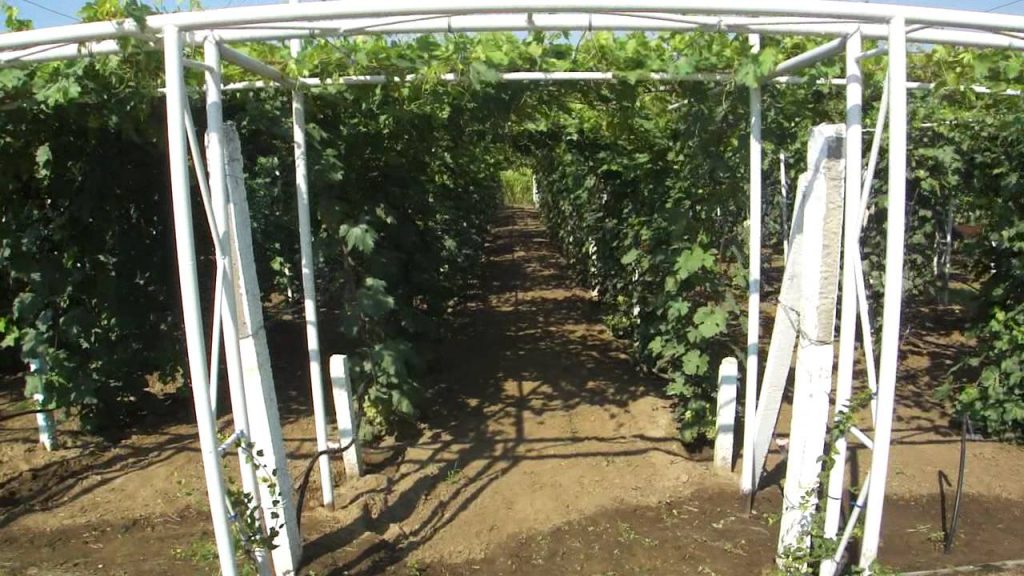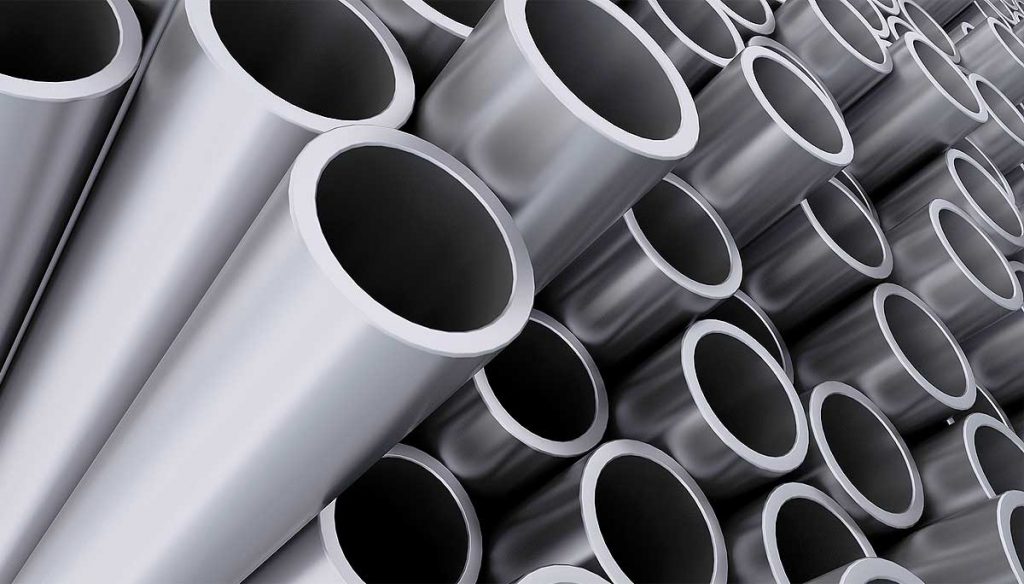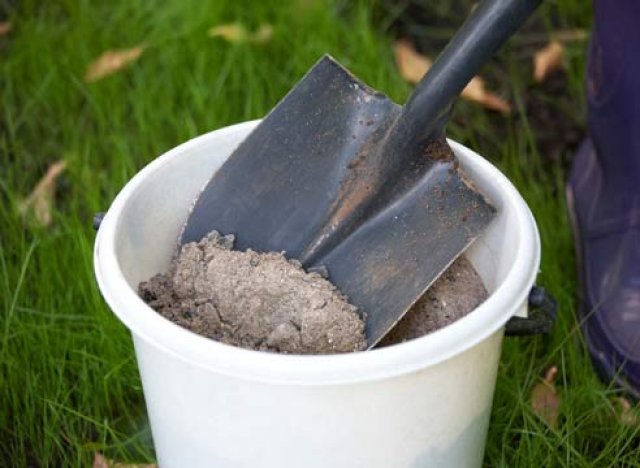The popular cultivation of vineyards in the southern regions is accompanied by the creation of favorable conditions for growing crops. Vine growers erect special supports for the growing vines to support them. Viticulture spread widely across all regions, where decorative forms of the plant began to be grown.
Effectively combining the decorative function, the vine arch fits into the garden interior. Unlike the simple cultivation of grapes on trellises (specialized stands for supporting the plant during fruiting), the grape arch creates a pleasant shade on a hot day, both for people and for plants growing nearby.
Before starting the construction of the arch, you should decide on the cultivated variety and carefully choose the installation site.
Arch design options
The choice of place for the arch directly depends on the size of the structure. The size of the structure, as a rule, is chosen 1 meter higher than human height. In this case, the appearance of the site should be harmonious. The arch can be installed at the exit from the site, when approaching the house or along the paths, you can also create a canopy over the gazebo.
The choice of material is based on further design functions. If you plan to grow ornamental grapes, you can use lightweight materials such as plastic. If, for the purpose of growing varietal grapes, plastic floors are unsuitable, they will bend under the weight of ripening bunches. In this case, attention should be paid to wooden or metal supports.
Wood planks should be used when selecting varietal grapes that yield bountiful harvests each season. The construction of a structure made of wood is one of the simplest ways. No special skills are required to work with wood. Also, the tree has a more attractive look, organically looking in the garden area.
To give greater stability, the arched supports should be tamped into recesses at least 60 cm deep, while wrapping them with roofing material to prevent decay.
Plastic pipes are lightweight, do not rot and corrode, strong and durable. An important factor is the low cost and lightness of such pipes. However, they can therefore sag under the heavy weight of the fruit-bearing vines. To create an arch, it is optimal to use a water pipe with a diameter of 20 mm. When erecting a structure from plastic pipes, you can do without special equipment such as a welding machine, using glue as a fastening material. This quality makes the material attractive to beginners.
Arches made of plastic bottles inserted into each other look interesting in the country. Such arches are used exclusively for decorative purposes or, creating shading, since their strength is low.
The use of metal shaped pipes with anti-corrosion coating and fittings has a number of advantages. It is high strength, stability, reliability and durability. When erecting an arch from such materials, tools should be carefully prepared. To fasten the parts together, you will need either a welding machine or mounting bolts inserted into pre-drilled holes. A tangible moment is the high cost of consumables.
Beginner's Guide
Making an arch for grapes with your own hands is a creative and interesting process.
Regardless of the choice of material for building a grape arch, the first step to creating it will be a competent drawing up. With self-preparation, you can get an absolutely unique appearance of the product. It is necessary to accurately measure the installation site, calculate the required amount of materials. You can also use ready-made drawings, in this case there is no question of originality. After drawing up and approving the construction plan, you can start assembling.
Having marked out the territory, dig holes in depth:
- for wooden beams - 100-120 cm, with a diameter of 7-10 cm more than a pillar;
- for metal pipes - 80 cm, with a diameter of 60 cm;
- for plastic pipes - 40-50 cm.
Fill a layer of gravel 10-15 cm thick on the bottom, then tamp it well.
- For wooden posts - treat the bottom with solid oil, wrap tightly with roofing material in 1-2 layers;
- For plastic pipes, pour sand into the cavity to give stability and seal the end with a plug.
Place the support posts strictly in the center of the formwork and cover with gravel. After that, pour it with a liquid concrete solution that can seep between the individual pebbles.
At the same time, it is necessary to make sure that all the posts are at the correct level. It is necessary to correct the uneven installation of the bars by driving in a peg, creating stretch. If the frame is skewed, make additional stops and insert wedges.
Leave the pipes for 3-4 days for the concrete to harden better.
After this period, you can begin to erect the top of the arch and carry out the wire threads. Basically, the top is used for the growth of the vine. In this case, a frame is initially created, connected to ready-made supports, which serves as the final stage in the installation of pillars. At the same time, it is important to check the level of the pillars in order to avoid skewing the entire structure.
When using metal pipes, the elements of the upper part should be welded in stages, since their weight is very high for a one-time lifting. It is also possible to use fastening bolts at the joints.
In the case of working with plastic pipes, adapters are used at the joints. The joints must be thoroughly degreased, heated on a special nozzle of the welding machine and inserted into the adapter.
You can also use special glue at the joints. In this case, a layer of glue is applied to the cut of the pipe and the adapter or tee, and the two elements are connected in the desired position. To create the bends of the plastic pipe, the intended place should initially be filled with sand. This will help create smoother transitions when melting the pipe with a special torch.
After finishing the preparation of the structure frame, it will be possible to install additional elements. The resulting frame can be sheathed to create a shelter from the rain. Polycarbonate materials or slate are well suited for this. You can also decorate the finished arch with design elements, install additional planks for the vine.
Regardless of the choice of material (except for plastic pipes), the arch frame requires timely maintenance.It is required to remove dirt and dust, treat with antiseptic preparations in order to avoid the appearance of mold and mildew, cover with paints and varnishes, depending on the material used.
Summing up, we can say that the construction of a vine arch is not a technically difficult process. Its creation can be carried out in a short time without the help of specialists. An extensive selection of materials will allow the arch to fit into any interior of the site, creating a unique composition.















